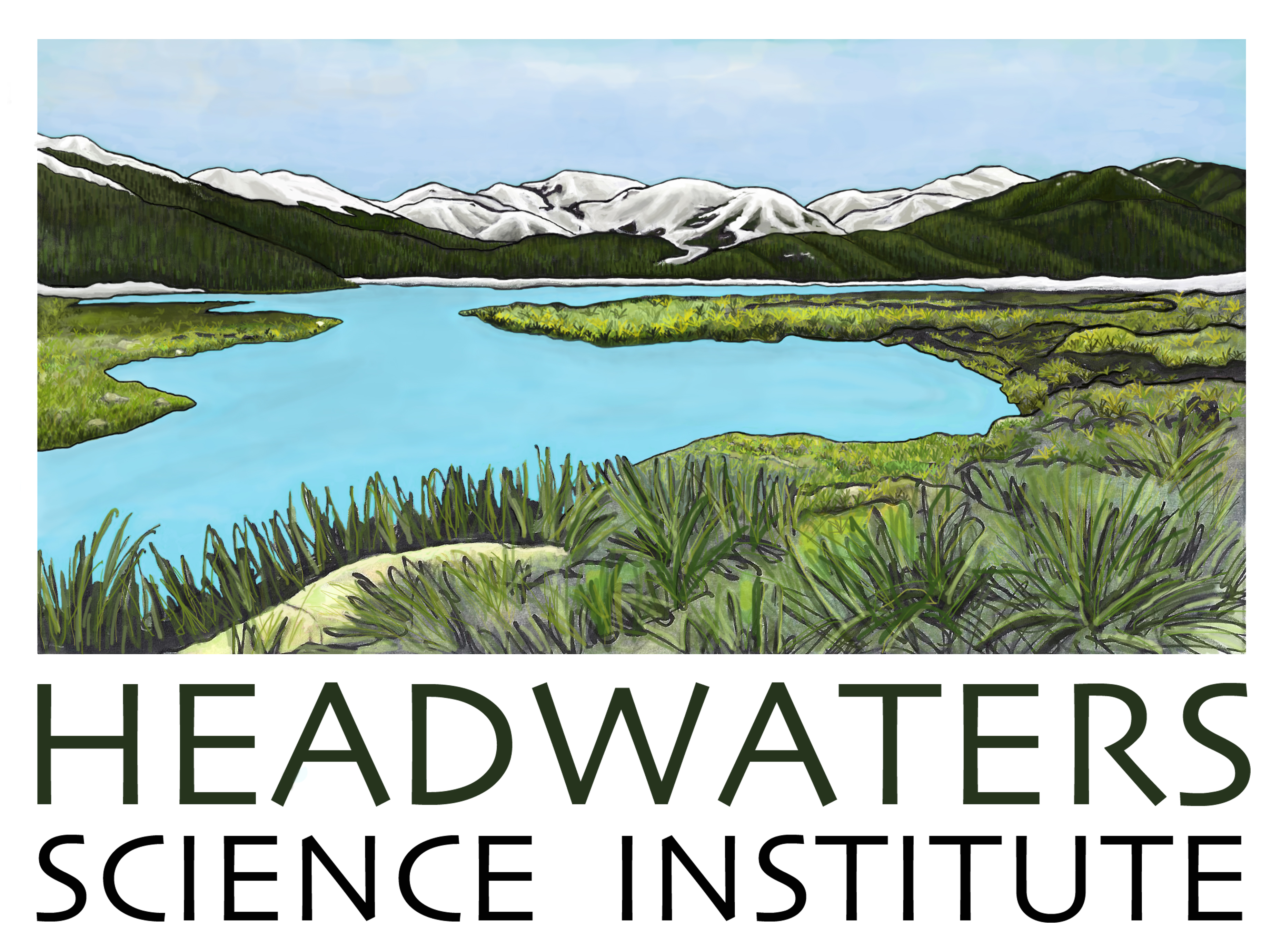HSI - Student Research Journal - Vol.1 Issue 1 - Fall 2020
Author(s): Megan Seifert
Headwaters Science Institute
378 total view(s), 119 download(s)
Volume 1 Issue 1.pdf(PDF | 9 MB)
- License terms
Description
Headwaters Science Institute offers a 10-week program called the "Headwaters Research Experience" where high-school students or undergraduate students are able to conduct their own research under the guidance of graduate students and professional scientists. We encourage them to choose a topic of their interest and aid in designing a research project, collecting data, analyzing data, and reporting their findings. This is a learning experience and the results should be viewed from that perspective. Our goal is to inspire students to choose a career path in STEM and understand the scientific process in a new way.
Volume 1 - Issue 1 - Fall 2020
- Page 4: "The impact of timing and magnitude of the El Nino-Southern Oscillation and PDSI levels on the local temperatures in the Bay Area" By Ryan Li
- Page 10: "Correlation between shutdown orders and CO levels across the United States" By Arnav Gupta
- Page 15: "Is there a pattern between genetics and future growth/reduction in the ecological niche of a species
within the Cypripedium genus? - Insights based on remote genetic data and ecological niche
modeling" By Lauren Lee - Page 21: "Presence of Vegetation in Relation to Slope in Yosemite Valley, California" By Colin Saltzgaber
- Page 26: "Investigating the Relationship between Root Carbon Pools and Soil Organic Carbon Pools"
By Sabrina S. Ahmed
If you wish to find out more about how your students can participate in our program and explore their curiosity through research, click here!
Cite this work
Researchers should cite this work as follows:
- Seifert, M. (2022). HSI - Student Research Journal - Vol.1 Issue 1 - Fall 2020. Headwaters Science Institute, QUBES Educational Resources. doi:10.25334/2XSZ-GD64
